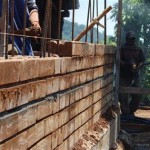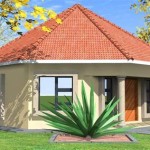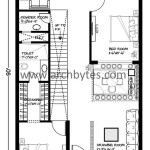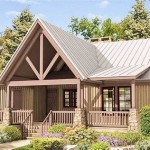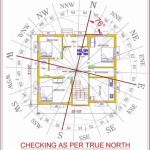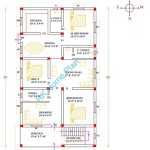Storm Shelter House Plans: Designing a Safe Haven in the Face of Nature's Wrath
### Introduction When severe weather strikes, having a safe place to shelter is of utmost importance. Storm shelters provide a secure haven during tornadoes, hurricanes, and other natural disasters, offering protection from strong winds, flying debris, and structural collapse. Building a storm shelter house can be a smart and proactive measure to safeguard your family and property. In this comprehensive guide, we'll explore the various aspects of storm shelter house plans, from design considerations to construction details. ### Storm Shelter Design Factors 1.Location:
Choose a location that is away from trees, power lines, and other potential hazards. The area should also be high enough to avoid flooding. 2.Underground vs. Aboveground:
Underground storm shelters offer the best protection, as they are less likely to be affected by strong winds and debris. However, they can be more expensive and challenging to build. Aboveground shelters are easier to construct, but they need to be properly anchored and reinforced to withstand the impact of severe weather. 3.Size:
The size of the storm shelter should be based on the number of people and pets that will need to shelter inside. A general rule of thumb is to allow at least 10 square feet of space per person. 4.Materials:
The materials used to construct the storm shelter should be strong and durable. Reinforced concrete, cinder blocks, and steel are commonly used materials for storm shelters. ### Construction Considerations 1.Foundation:
A solid foundation is crucial for the stability of the storm shelter. The foundation should be deep enough to prevent the shelter from floating in the event of flooding. 2.Walls and Roof:
The walls and roof of the storm shelter should be constructed using reinforced concrete, cinder blocks, or steel. The walls should be at least 8 inches thick, and the roof should be able to withstand the impact of debris and strong winds. 3.Ventilation:
Proper ventilation is essential to ensure that the air inside the storm shelter remains fresh and breathable. Install ventilation ducts or vents to allow air to circulate. 4.Emergency Access:
Include an emergency access door or hatch that is easy to open from the inside. This will allow for quick evacuation in case the shelter becomes inaccessible from the main entrance. 5.Reinforcement:
Reinforce the corners and joints of the storm shelter with steel rods or rebar to increase its strength and resistance to collapse. ### Safety Features 1.Entryway:
Design a reinforced entryway that can withstand the impact of flying debris. Install a thick, steel-reinforced door that can be securely locked from the inside. 2.Emergency Supplies:
Keep a stockpile of emergency supplies inside the shelter, including food, water, a first aid kit, and flashlights. 3.Backup Power:
Include a backup power source, such as a generator, to provide electricity in case of power outages during a storm. 4.Communication:
Install a landline or a battery-powered radio inside the shelter to stay informed about weather updates and emergency instructions. ### Permits and Regulations Before constructing a storm shelter house, check with your local building department to determine if any permits or approvals are required. Some areas may have specific regulations regarding the design and construction of storm shelters. ### Conclusion Storm shelter house plans provide a valuable blueprint for building a safe haven that can protect you and your loved ones during severe weather events. By carefully considering the design factors, construction details, and safety features, you can create a storm shelter that offers peace of mind and a place of refuge in the face of nature's fury. Remember to consult with local authorities and professionals to ensure compliance with regulations and standards.
Residential Safe Rooms The House Plan
Taking Shelter From The Storm Building A Safe Room For Your Home Or Small Business

100 Safe Room Floor Plans Ideas House

Exclusive 2 Story Home Plan With Storm Shelter And Oversized Garage 77650fb Architectural Designs House Plans

Exclusive 2 Story Home Plan With Storm Shelter And Oversized Garage 77650fb Architectural Designs House Plans

Concrete Masonry Hurricane And Tornado Shelters Ncma

Fema P 320 Safe Room Design Concrete Plans And Details Building America Solution Center
_2.jpg?strip=all)
Shelter From The Storm Holland Harvey Architects Archdaily

Buildblock Icf Safe Room For Tornadoes Hurricanes

Why So Few Storm Shelters In Tornado Alley Hotspot Bbc News

